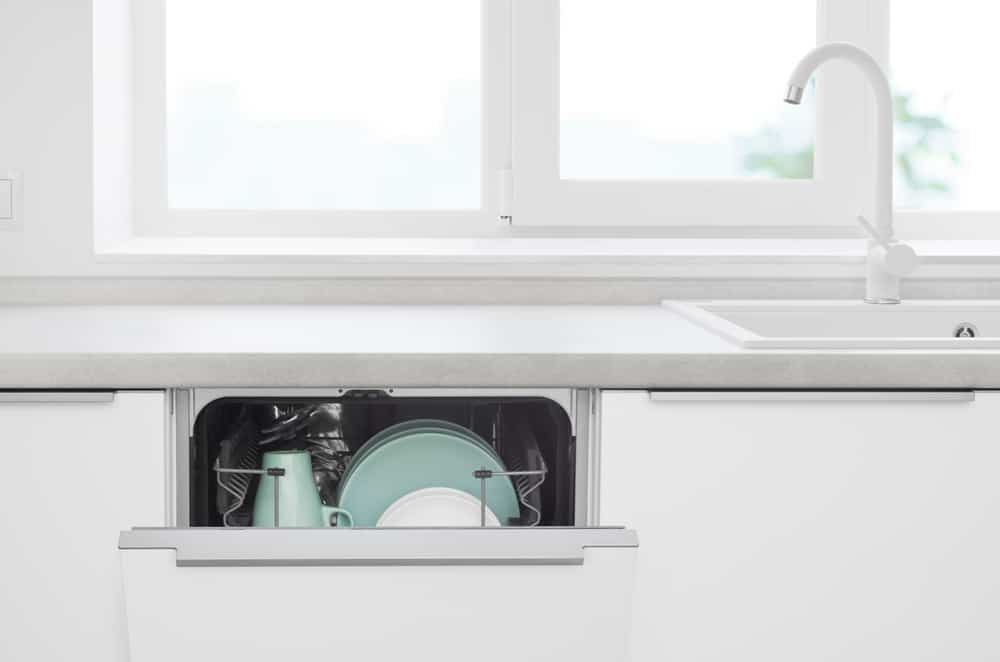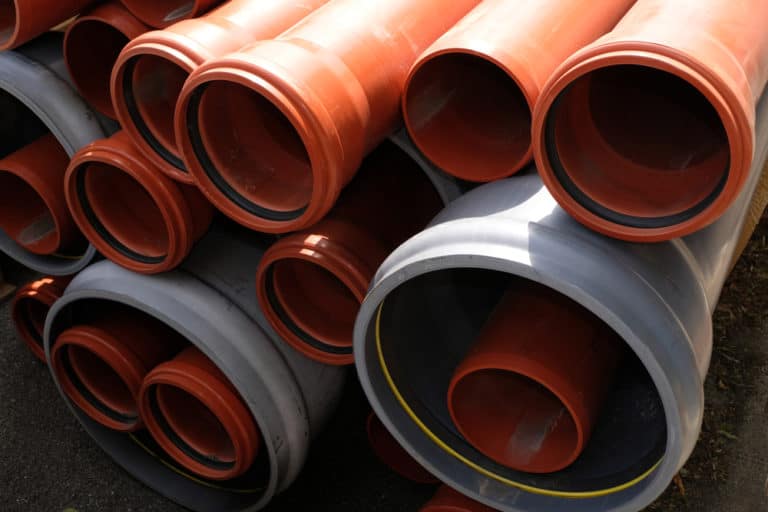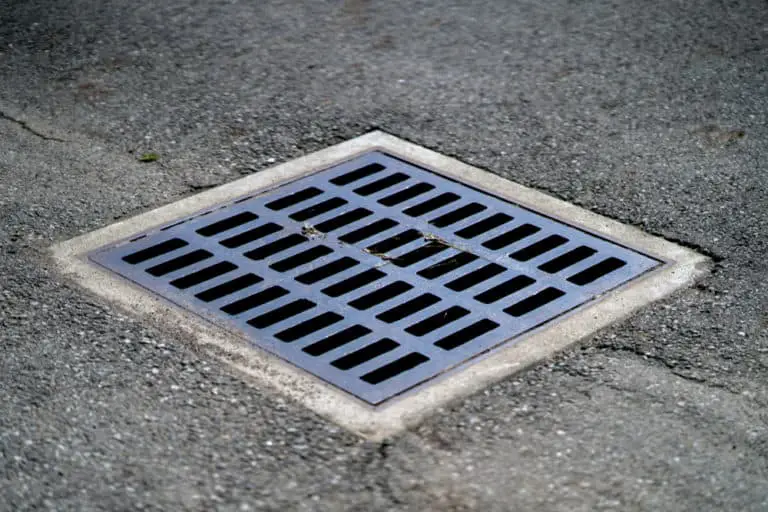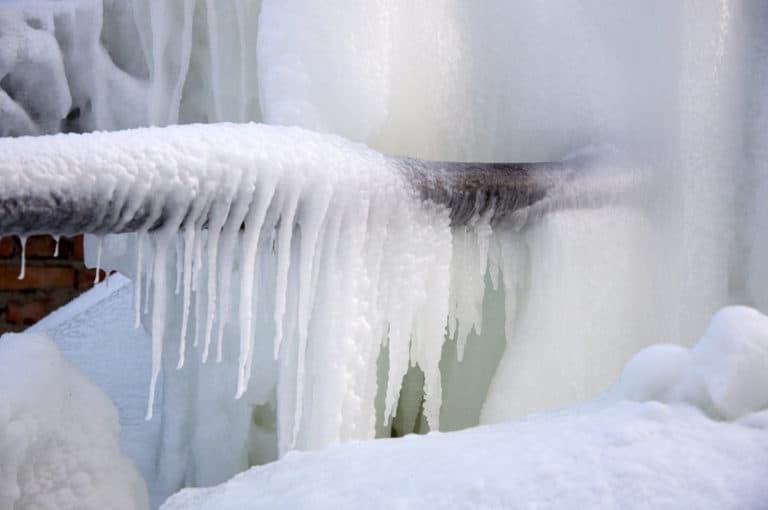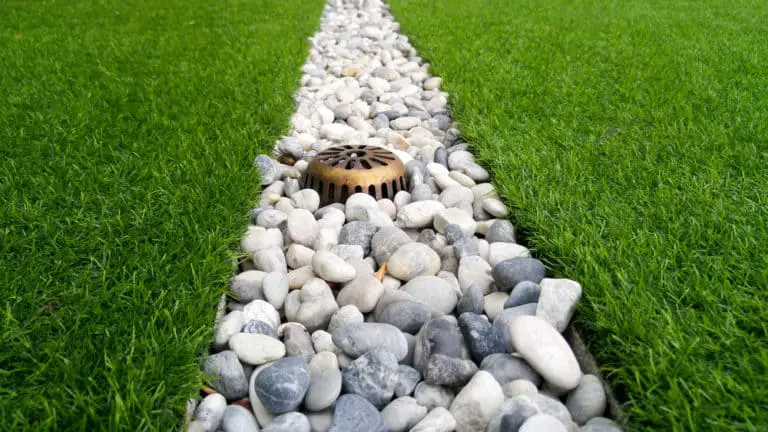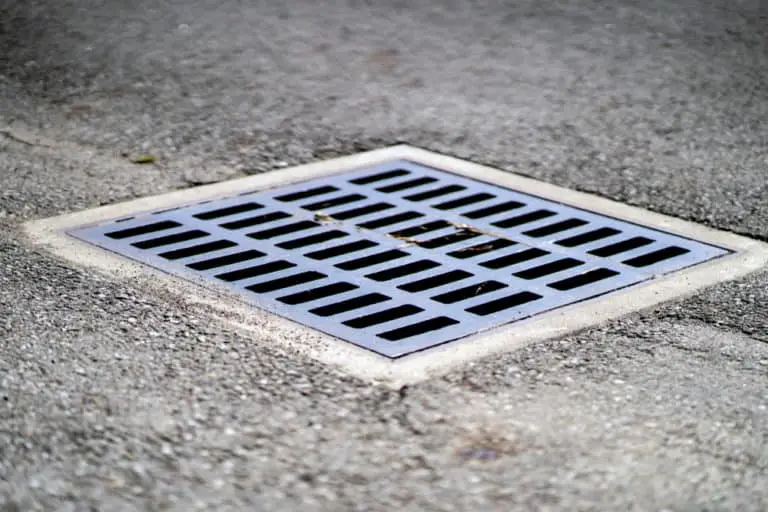Can A Dishwasher And Sink Share The Same Drain?
The water that exits a house is generally either wastewater or stormwater. It’s extremely important that these two types of water do not mix or drain into the incorrect drain, as wastewater entering the stormwater network will result in pollution. Dishwashers and sinks both release wastewater.
Dishwashers and sinks generally do share the same drain in most circumstances. This is because they both release wastewater and flow through the same drainage line. The connection, however, will differ depending on whether there is a garbage disposal unit present in your plumbing setup.
Because a dishwasher and sink generally share the same drain, certain issues can occur with water drainage. It’s therefore extremely important to ensure that the plumbing is installed correctly. Correct installation will ensure that the water and food waste all moves in the intended direction without the occurrence of any leaks.
Can A Dishwasher & Sink Share The Same Drain?
As a general rule, Dishwashers and sinks will share the same drain. This is because both of the above aspects of plumbing are wastewater generators. The use of the same drain will allow the wastewater to flow through the same drainage line.
The drain hose for the dishwasher is generally connected to the sink tailpiece, but this can differ significantly depending on whether there is a garbage disposal unit or not.
There are different ways a dishwasher and sink can be connected to the drainage system, and this connection depends on several factors. One of the most significant factors is the presence – or lack of a – garbage disposal unit. This will influence the way in which the dishwasher is connected.
The reason for this is that any food waste moving out of the dishwasher should first pass through the garbage disposal that is connected to the sink. This will help to prevent any blockages from occurring within the piping.
Any clogging or blockages can potentially cause backup and overflow. This, in turn, would create a highly undesirable situation in the home that could easily have been otherwise avoided.
It’s imperative, therefore, that a dishwasher is installed correctly, and there are several considerations that must be made to ensure that this occurs and that the drainage of the dishwasher and sink is able to occur constantly without any issues.
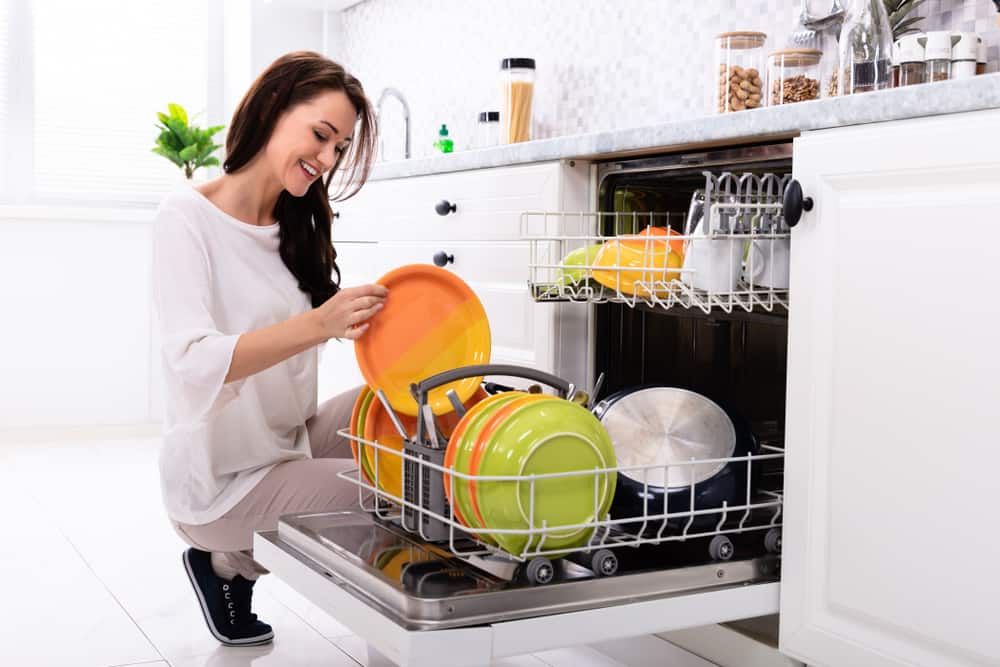
How Dishwashers Are Connected
Because dishwashers drain into your kitchen’s plumbing system, it is possible that dirty water can move back into the dishwasher and re-contaminate the clean dishes therein. To avoid this, the creation of airspace is an important aspect of dishwasher installation.
There are numerous ways in which this airspace can be created, but you should always check local ordinances and plumbing codes to ensure that your installation falls within regulation. The two main options – which are general requirements in most jurisdictions – are a high loop or an air gap.
With a high loop connection, the dishwasher’s drain is looped up underneath the countertop as high as it possibly can be before running back down to connect into the drain. This method can work because the top of the loop is situated above the dishwasher’s flood level.
Incorporating a high loop will significantly decrease the chances of drain water moving back into the dishwasher.
Another alternative is the air gap method of connecting a dishwasher. This method employs the use of a fitting, usually made of metal or plastic, that is installed on the countertop or the sink. It usually features a decorative cap that somewhat disguises its primary purpose.
This device makes use of two hose fittings; one that connects to the dishwasher’s drain hose and one that connects directly to the drainpipe or garbage disposal. The air gap functions by incorporating fresh air into the system.
If there is ever a backup within the drainage system, the air gap will prevent any suction forces that could potentially pull contaminated water back into the dishwasher.
An air gap will generally work with any existing mounting hole found at the top of the sink, and the design can be matched to that of your faucet, ensuring a seamless aesthetic.
If you have a garbage disposal installed, your dishwasher’s drain pipe should travel downwards – from either the high loop or air gap – before connecting to the side of the garbage disposal. This is important, as it will ensure that any food residue is dealt with before it can become a problem.
If there is no garbage disposal, the dishwasher hose will still run downwards from the high loop or air gap before connecting directly to the tailpiece of the sink’s drain. This connection is achieved through the use of a hose clamp, attaching the hose at a point before the P-trap. This is essential to ensure that gases are unable to escape.
Potential Problems With Dishwasher & Sink Drainage
One of the biggest problems with dishwashers is incorrect installation. While it is not particularly difficult to install a dishwasher, it can cause major issues if performed incorrectly. One of the most common problematic occurrences is for the dishwasher drain to be connected after the P-trap.
This is completely incorrect, as the drain should always be connected before the P-trap. This is to ensure that sewer gases cannot escape back into the dishwasher.
Another potential problem is the lack of a high loop installation or air gap. Without a high loop or air gap, there is potential for the backflow of contaminated water back into the dishwasher. A lack of either one of these two important installation requirements can cause drainage issues as well as the pooling of water in a particular area.
Conclusion
In most cases, the dishwasher is connected to the same drain as the sink. This is because the water coming from both the dishwasher and the sink is wastewater, so there is no reason why they wouldn’t both flow through the same drainage line.
It’s extremely important, however, to ensure that the installation is performed correctly. This will allow for proper drainage from both the sink and the dishwasher, with no blockages or backing up of water from one into the other.
Sources
- https://homeguides.sfgate.com/there-gurgling-sound-kitchen-sink-shower-running-80923.html
- https://www.quora.com/Can-dishwasher-and-sink-share-same-drain#:~:text=Can%20dishwasher%20and%20sink%20share%20same%20drain%3F%20%2D%20Quora&text=Yes.,knock%20out%20the%20plastic%20piece.
- https://www.nidirect.gov.uk/articles/connecting-your-home-right-drains
- https://www.inman.com/2012/11/14/4-must-haves-when-installing-a-dishwasher/
- https://structuretech.com/dishwasher-drains/
- https://www.thespruce.com/dishwasher-venting-2718654

